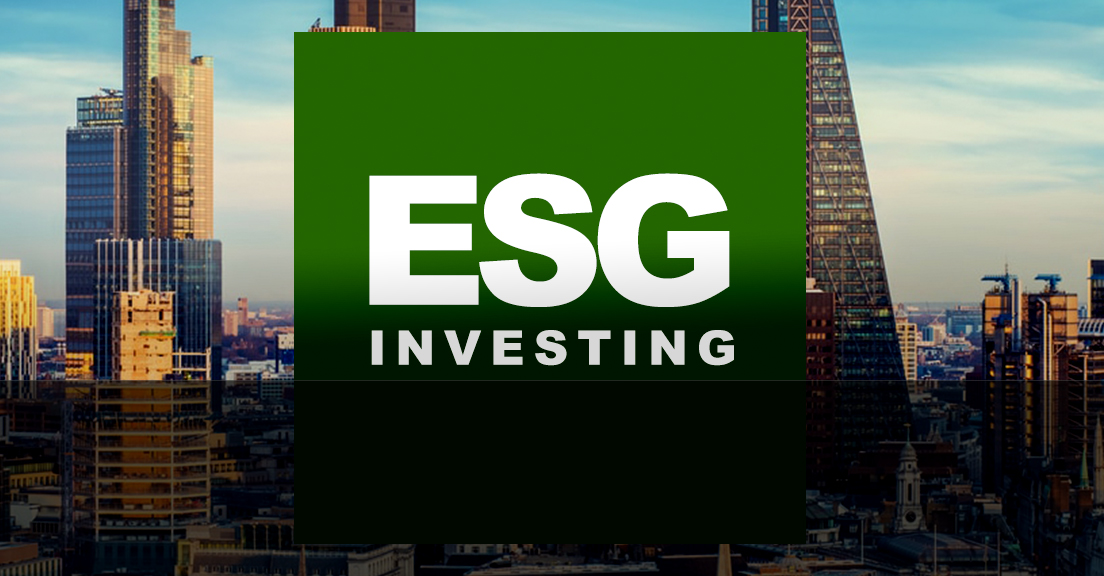An ETF Focusing on the Human Factor Could Help Enhance Risk-Adjusted Returns ETF Trends
Impact Investing Forum 2024
https://impactinvestingconferences.com/
London. April 24-25, 2023.
Book Now!
Investors should only trust the data and not the interpretations of vague and ambiguous information. Instead, one can turn to a rules-based exchange traded fund portfolio that seeks to unearth a new source of outperformance in any investment universe.
In the recent webcast, Moneyball Investing: Trust the Data, Not the Behavior, New Age Alpha’s co-founder and CIO, Julian Koski, and senior portfolio manager, Andy Kern, highlighted the success story of the Oakland A’s, or what some may know as Moneyball. They argued that investors should avoid sexy and expensive superstars and focus more on the best on-base percentages that can help reduce the randomness of outcomes.
Specifically, the strategists warned that investors could lose money when a stock is overpriced, since market information is not perfect, so people tend to impound vague and ambiguous information into stock prices. Consequently, companies are at risk of being unable to deliver the growth implied by their stock prices.
The numbers don’t lie. Over the long term, avoiding losers can generate improved alpha and enhanced risk-adjusted returns. For example, since 2002, a portfolio of low human factor quintile investments generated annualized returns of 14.3% with a Sharpe ratio of 0.84. In comparison, a portfolio of high human factor quintile investments showed an annualized return of 10.4% with a Sharpe ratio of 0.48. In other words, exposure to a high human factor generated worse risk-adjusted returns over the long haul.
The human factor is a measure of mispricing caused by human behavior. It is calculated daily from only known information, reflecting a stock-specific risk that cannot be diversified away. A low H-Factor typically outperforms high H-Factor 65% of the time on a quarterly basis, according to New Age Alpha.
This act of avoiding losers also provides an uncorrelated source of returns. The human factor has no more than a 0.43 correlation in either direction with any of the nine common factors, with a high of +0.36 correlation to volatility and a low of -0.43 correlation to momentum and value. After adjusting for all nine factors, the human factor returned 0.18% per month in alpha, and the combination of all nine factors only explained 39% of the return of the human factor.
Investors who are interested in an approach that avoids the losers to capture long-term market returns can look to New Age Alpha’s latest ETF offerings, including the AVDR US LargeCap Leading ETF (CBOE: AVDR) and the AVDR US LargeCap ESG ETF (CBOE: AVDG). These strategies offer an actuarial approach with an uncorrelated source of return.
Starting with a known investment universe, the S&P 500, AVDR identifies and removes the 450 companies with the highest human factor score to create a portfolio of 50 stocks with the lowest human factor.
Similar to AVDR, AVDG aims to outperform by avoiding low-rated ESG companies that the firm believes are most likely to fail to deliver the growth implied by their stock prices. Starting with a known investment universe, the Refinitiv U.S. Total Return Index, AVDG applies negative screening to remove all but the highest-rated ESG companies and stocks with the lowest human factor to create a portfolio of 50 highly-rated ESG stocks that provide the potential to outperform.
Financial advisors who are interested in learning more about the rules-based investment strategy can watch the webcast here on demand.
AVDGAVDRCurrent AffairsETF 101featuredIndexingnew age alphasmart betaWebcasts
Feedzy

